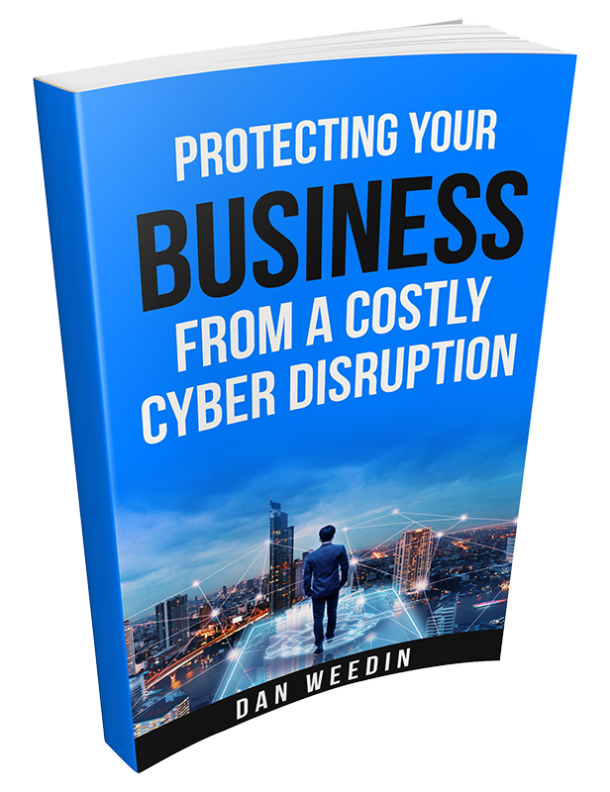Last Tuesday about noon, I was getting my workout in when all of a sudden, my wrist blew up…
Well, figuratively, not really.
My Apple Watch and iPhone simultaneously bellowed the emergency broadcast alert that we had a tornado warning.
A reminder that I live in the Seattle area.
A tornado warning happens in Oklahoma and Missouri, not Seattle. That being said, a tornado had actually touched down the previous year in the same county about 30 miles away, so I took it seriously. While I’ve been trained for earthquakes, I could only go off what I’d seen I movies for a tornado. I shut down the computers and unplugged them, brought in all the items outside that could blow away to Kansas if left in peril, and then woke up the dogs to take them down to the basement, just in case. They went to my office to resume their naps and I went back to exercising, secure in the fact that I’d taken safety measures.
No tornado came, only high winds. Once the concern had past, we went back to normal.
What happens next is pretty common when alerts that don’t come to fruition arrive. The people bolt to social media to offer up their “hot takes” and guffaws about the supposed tornado. They grumble about the news alert as if it were some media conspiracy to create panic. Would they have preferred an actual tornado?!
This happens regularly around my locale when severe winter warnings occur calling for heavy winds, snow, or ice. I recall being on the school board for years when we received a text or call from the superintendent about closing schools due to expected inclement weather. We couldn’t win; if we closed schools we were over cautious and if we didn’t we were risking the health of the students. I always opted for over cautious.
How does this translate into your business risk management program?
The same reasoning holds in the workplace when it comes to alerts. As humans, we’ve become indifferent to calls for safety, often thinking it’s overblown. I’ve witnessed workers in a lumber yard sawing wood without proper ear and eye protection; seen forklift drivers hurriedly speed off to their next destination; and even office workers attempt to lift boxes that were too heavy for one person.
We have “alerts” all around us, but we can become oblivious through apathy, boredom, or just plain hubris.
What alerts happen in your business?
If your position is responsible for the continuity of business operations either as the CEO or risk executive, you must take steps to make sure that all alarms be met with the same level of urgency that they were meant for. The best thing that can happen is, that like our tornado, the bad thing doesn’t occur. At the very least, you will have helped make possible that all your employees and property are safe and secure.
When it comes to protecting people and property, never let sleeping dogs lie.
New Risk Advisory Program for Risk Management Professionals and Business owners:
If you are a person in charge of risk strategy and leadership in your organization, I have a program you might be interested in.
For those of you who have watched my LinkedIn Learning courses, I’m now offering an advisory program based on the concepts and topics discussed in the courses, including access to me when you have questions.
For those of you who run businesses, or are tasked with risk management duties, I can be of help to you with this same program. I will respond your questions when and how you need them answered.
To learn more about my Emerging Risk Solutions Risk Advisory program, email or reach out to me on LinkedIn.


